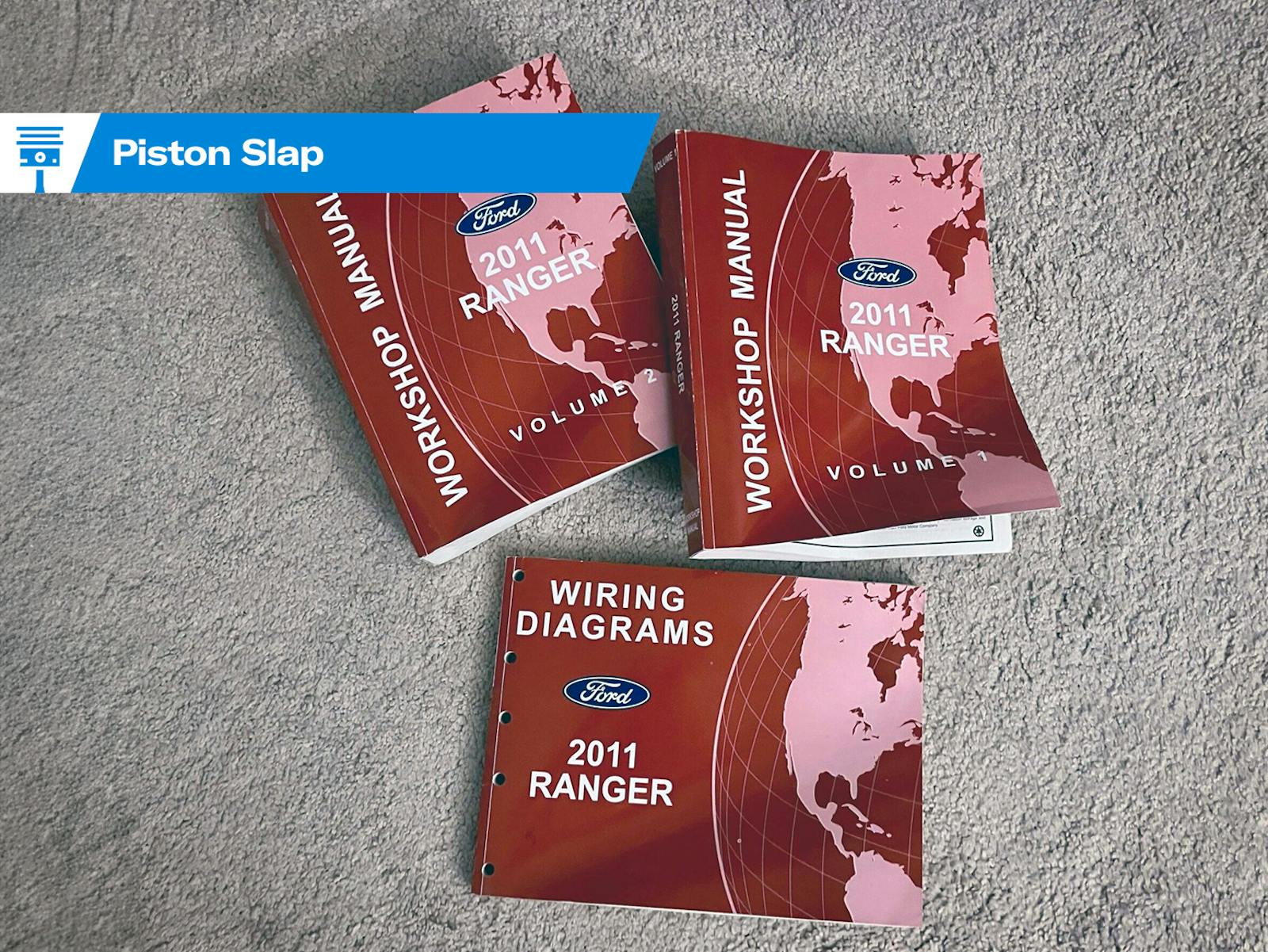Discouraged with your project car? A drive may be all you need
Toiling for untold hours in a dimly lit garage, oily tools in hand, can be deeply fulfilling. I’ve certainly experienced it. However, the work still saps my energy in a strange way. I liken it to a small drain on a battery in storage. To a point, that slow current flow is a good thing and keeps the battery healthy but, if left unchecked, even the tiniest draw can exhaust the battery’s charge. Too much work, even on a car that’s particularly meaningful to you, can leave you unable to summon the motivation to walk into the garage.
A drive in your project car might be the perfect pick-me-up.
At least, that was my experience last week. My 1930 Ford Model A has been a very interesting experience to wrench on, mainly because every time I want to curse at the previous owner or mechanic I have to remind myself that it was my father who put the car together. Good, bad, or otherwise, this coupe is special enough that I must shrug off all the questionable repairs and suspicious assembly techniques and focus on bringing the car into safe, consistently driveable condition.

The catch is I have to stop myself from cutting corners like Dad did. I got caught redhanded by a few friends when I unbolted the exhaust manifold from the engine block to replace the blown-out gasket. The manifolds on Model A Fords are known to droop at the number four cylinder port, due to the weight of the exhaust system hanging from the cast-iron piece. With no bolt or stud on the rearmost edge, I knew it was only a matter of time before I had a problem on my hands.
Ford might have known this was going to happen, because it machined both the engine block and the exhaust manifold for gland rings. These rings help both to align and to seal the exhaust. A band-aid fix for a drooped exhaust log is to remove the gland ring from the number four cylinder and gamble that the gasket will be enough to seal it. My Model A was operating in just such a configuration—except the gasket had failed long ago.
I stripped both manifolds off the passenger side of the engine and shared a photo on social media, lamenting that the project was rapidly growing beyond my initial plans. My goal was simply to get the Model A driving safely. I’d enjoy it for a bit, then dive in deeper to bring the car up to regular-driver status. Instead, this project was a ball of band-aids—repairs on top of repairs that never addressed the root problem.
I’ve had to stop myself multiple times from falling victim to the while-I’m-in-there syndrome, but when I posted the picture of the manifold, my friends told me this did, in fact, require immediate action. I had to replace the manifold, even though that mean I missed my self-appointed deadline of driving one of my classic cars on my birthday a few weeks ago. Instead, I woke up and drank coffee sitting atop a workbench piled with greasy parts.
Finally, the new manifold arrived in the mail. I had already laid out all the other necessary parts, so the time between cutting packing tape and torquing manifold studs felt shorter than a NASCAR pit stop. It all bolted together and the car fired right up with the smooth putter only a 200-cubic-inch four-banger with a massive flywheel can produce. A couple heat cycles followed by re-torquing the manifold studs and the car was ready to drive again—and boy, did I need that drive.
The motoring experience of a Model A is not one I typically crave, but this time, the ammeter on the dash reflected more than the revitalized status of six-volt lead-acid block under the driver’s side floorboard. My mental battery was on the receiving end of a much necessary recharge; each gearshift reminded me why I loved this car and what it could eventually be, if I were persistent and patient to deal with problems as they inevitably arose.
The brakes are still marginally effective at best, the water pump is leaky, and steering is sloppier than a prison lunch. Those things didn’t matter for a few miles, though. In previous weeks, the Model A had seemed nothing more than a coupe-shaped hole in the garage with an alarming capacity to swallow cash. As I puttered along, it transformed into a project worth my future investment, a car that would be fun to drive and to discuss with fellow gearheads. How a whole eight-mile trip could completely charge my mental DIY battery, I don’t know, but it did—and the strategy will probably work for you, too.

